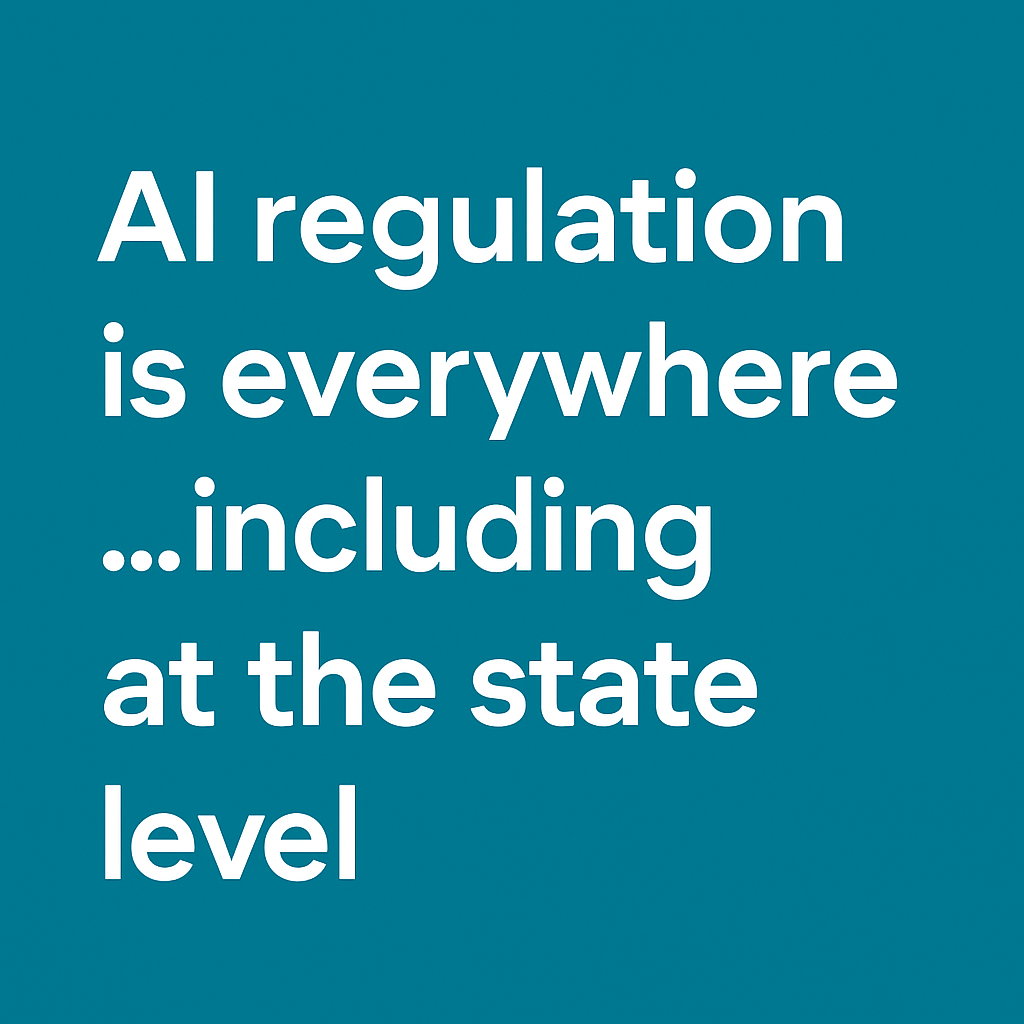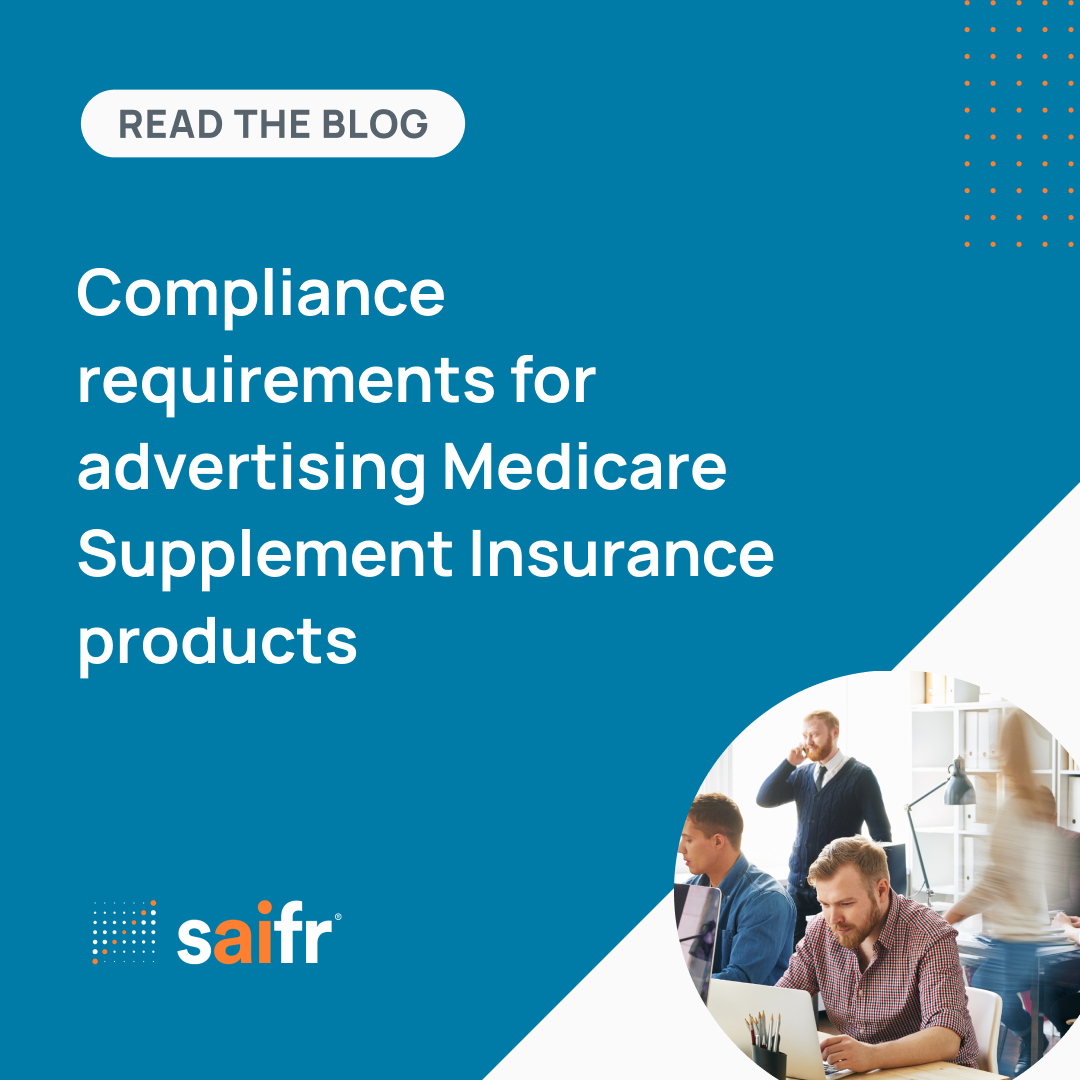Recently, my colleague wrote about two case studies that serve as cautionary tales related to regulatory non-compliance. One example highlights an organization’s willful non-compliance with industry regulations; the other, an organization’s failure to adopt internal policies and procedures required by the SEC’s Advisers Act Marketing Rule (Rule 206(4)-7), which went into effect in 2021. Both organizations were fined for non-compliance, but the context surrounding each organization’s case—and resulting penalties—was very different.
In financial services marketing, context is immensely important. As marketers, you need to fully understand the products and services being marketed, the nature of the person(s) or organization(s) delivering the marketing communication, and the channel(s) through which you are delivering your message. These criteria inform the context of your marketing actions and dictate which industry regulations you will need to comply with. You could rely on the experience and expertise of your compliance team to identify the applicable regulations for each marketing communication, but that may trigger multiple rounds of reviews that can slow you down... a lot.
But understanding how to apply the right regulatory rules in the context of each marketing communication is no easy task. Let’s take, for example, a case of advertising for a private fund being sold by a broker-dealer, which is often the case. Because private funds are managed by an investment adviser who is subject to the Advisers Act, the private fund advertising will be subject to the Adviser’s Act Marketing Rule 206(4)-1. In addition, since the private fund is promoted by a FINRA broker-dealer member firm, that firm is directly responsible for advertising the private fund. The fund’s advertising, and the processes to create and approve that content, needs to also comply with FINRA regulations. It’s not enough for the broker-dealer to simply pass along marketing material from the investment adviser. The broker-dealer in this example needs to ensure the marketing material is compliant with both Advisers Act Marketing Rule and applicable FINRA rules. Similarly, the investment adviser is not removed of responsibility for advertising that is distributed by a broker-dealer entity engaged by the investment adviser. The advertising would be considered the investment adviser’s “indirect advertising” under Rule 206(4)-1 and as such, would be subject to the requirements of the Adviser’s Act. Lastly, if the fund’s investment adviser is a Global Investment Performance Standards (GIPS) firm, the advertising will need to comply with GIPS Rules. The contextual relationship between the investment adviser’s product and the broker-dealer’s marketing of that product complicates the requirements for compliance.
Ebook → Navigating regulatory compliance: three questions to help you get on the right path
That’s why some organizations are building processes into their systems that help them identify and understand the context of their marketing content—and why they are using AI-based tools to help. Tools capable of screening content, flagging potential compliance errors, and suggesting required disclosures can help marketing teams quickly identify risks and automate processes to generate compliant communications. Using advanced tools, like machine learning that evaluates each communication based on rules and standards, marketers can gain better insight into the context of their marketing communications and use that insight to create content that is more likely to pass internal compliance reviews. Faster approval means faster time to market.
Ultimately, though, AI tools should be part of larger internal processes and procedures designed to help ensure compliance within the context of your marketing activity. In their simplest form, these processes help marketers ask and answer the following questions:
- Who is the communication from?
- Who are you sending the communication to?
- What is the product or service you are discussing?
To learn more, download our ebook, Navigating regulatory compliance: three questions to help you get on the right path.
These three questions are only a starting point but are important in understanding the context of your marketing efforts. By tailoring your communications to suit each investment type, investor group, and audience, you can enhance the speed, efficacy, and compliance of your marketing materials and improve your ability to connect with both existing and potential clients.
1145029.1.0


-1.png)



